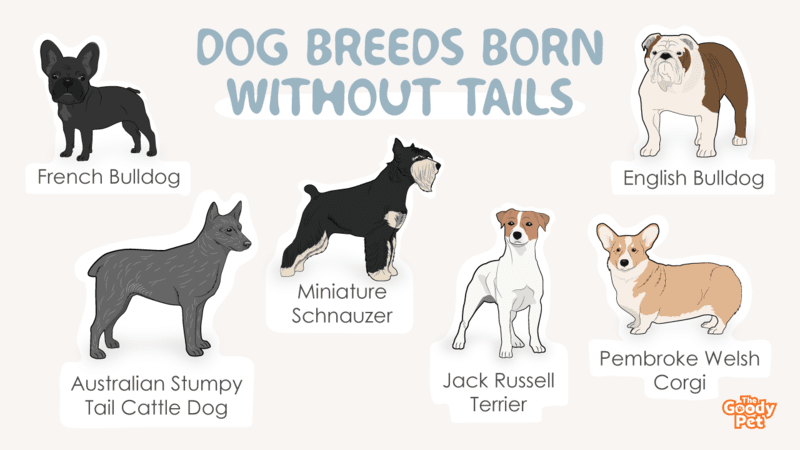It’s quite common to see dogs with their adorable coats, charming eyes, and fluffy tails. But did you know that there are dog breeds born without tails? Some have bobtails while others have docked or cropped tails. In some cases, there are canines who have absolutely no tail at birth!
Pembroke Welsh Corgis are famous for their cheeky grins, thick butts, and tailless behind. Then, there’s the English Bulldog with nothing but a tiny stump for a tail. The elegant Brittany Spaniel is just the same zero tail but still adorable just the same.
Can you guess the other dog breeds in our list that are born without tails? Let’s get to know them more and discover what’s so lovable and fascinating about each.
16. Brazilian Terrier

Interestingly, Brazilian Terriers may either have long tails or none at all. But docked tail is the breed standard. Otherwise, it is left to be short and thick, which is the common practice in Brazil where this breed hails from.
Brazilian Terriers look like a Jack Russell but just slightly bigger. They are also sweet and affectionate, making them an amazing family pet.
15. Croatian Sheepdog
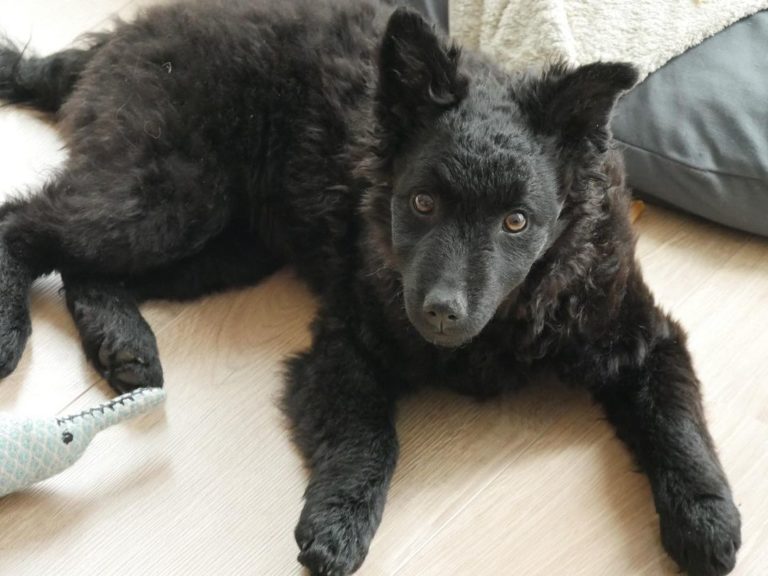
Historically, Croatian Sheepdogs have long, lush, and curly tails. But when docking became a fad in its origin country, it’s not uncommon to see these canines with cropped tails.
Now, we still see some of these dogs with docked tails even after Croatia has declared this practice to be illegal. Due to selective breeding, you will find many of this breed either with a small tail or absolutely none at all.
14. Boston Terrier

These pups are famous for their tuxedo-like coat color scheme and wide smiles. But another distinct Boston Terrier look is the tiny little nub of a tail. In fact, it is considered to be the standard quality for this breed.
Although there are Bostons with a long tail, they are not considered purebred. But tail or no tail, the endearing Boston is a fantastic pooch to have for beginners or experienced alike.
13. Australian Shepherd

Many Australian Shepherds are actually born with densely-coated long tails. But what some people may not know is that there is 1 in 5 Aussie Shepherds that are born tailless. It may not be very common but it does happen and is considered natural.
The vertebrae near the tail of a Bobtail Aussie appears to look blunt. Moreover, docking has become a practice done to this breed, which explains the tailed and tailless varieties.
12. Jack Russell Terrier

This short and stocky pooch is known for its short, yet powerful legs and a compact body. There are tailed Jack Russells, yet there are docked tails, as well. When the tail is long, it is often set high and straight. However, docked ones are curved forward.
Overall, Jack Russells are energetic pups with a passion for hunting. They are outstanding adventure buddies who are always up for fun and games.
11. Schipperke

Schipperkes are fluffy black pups that resemble a tiny black fox – long muzzles, erect ears, and small eyes. But the only thing that’s different is the short bobtail in this breed unlike a fox’s thick and long tail.
These canines are born with bobtails that curl towards their rumps. Oftentimes, these stumpy tails are covered in fluff, which makes them hard to see unless wagging.
10. Australian Pinscher

Another hunting dog breed, the Australian Pinscher is a short-tailed pooch. Their tiny nubs may either be curled or straight. The tail is also usually about a couple inches long, which is typical for those with docked tails.
There are various colors and patterns to this dog breed. Some have solid brown coats while others are a combination of white and brown. Either way, Aussie Pinschers are always loyal and affectionate to their favorite humans.
9. Rottweiler

Rottweilers are charming and sweet pups that are highly devoted to their owners. They do look quite intimidating because of their powerful build but in reality, they are very affectionate creatures.
Another thing to note about these massive hundred plus-pounder pooch is their tail. They may either have a long tail while others have nothing but a round stump that still attempts to wag when in an excited mood.
8. French Bulldog

Naturally born with a tiny stump covering the anus, the French Bulldog is naturally tailless or short-tailed. This is the UK standard for the breed, which is also its defining feature.
Because of selective breeding combined with its historical purpose as a rodent hunter, Frenchies are born with this cute tiny tail. Although not many of them are still into ratting, their tail design remains and loved by Frenchie fans all over the world.
7. Australian Stumpy Tail Cattle Dog
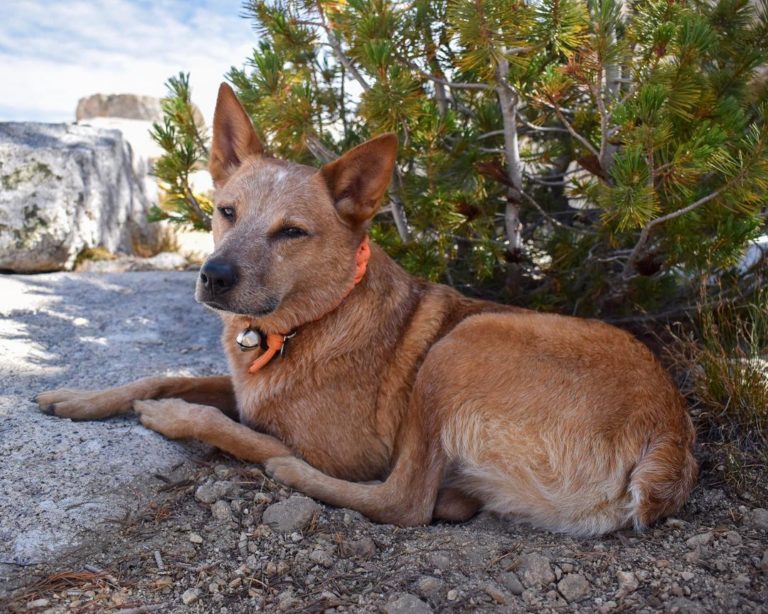
Often compared with the Australian Cattle Dog, the Aussie Stumpy Tail has – as the name suggests – a short stump for a tail. It’s often about 4 inches short and sometimes a tad shorter.
Some other breeds with bobtails are docked to meet registry standards. But in the case of the Stumpy Tail, they are bred this way to adapt to the Australian outback’s unforgiving environment to herding dogs such as this canine.
6. English Shepherd
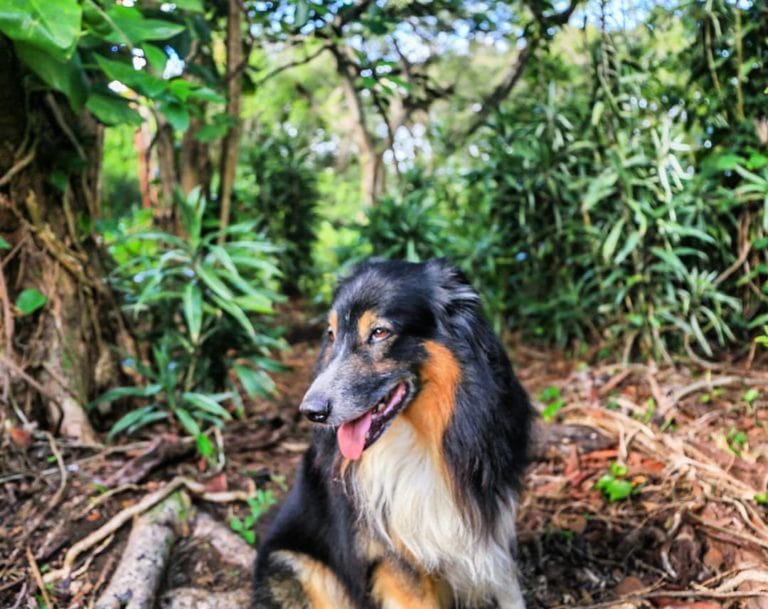
When this breed was first introduced to British soil since 55 BC, it was famous for its moderately long and thick tail. However, things have changed since then, and the English Shepherd is commonly found with a natural bobtail that’s around 8 inches long.
English Shepherds are well-balanced dogs with an even temperament. They are intelligent and loyal to their owners, making them amazing companion dogs for folks of all ages.
5. Braque du Bourbonnais
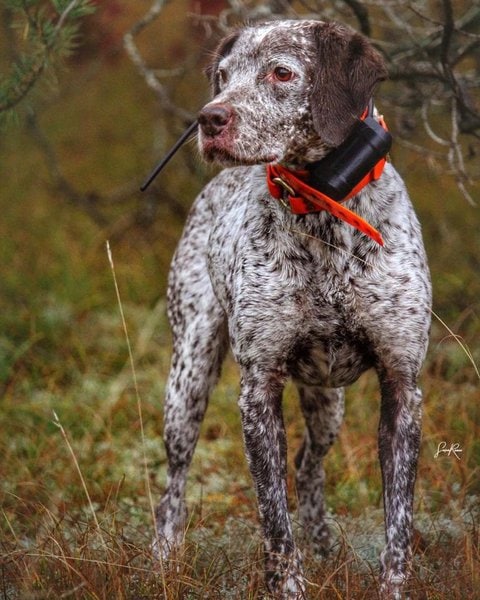
At first glance, the Braque du Bourbonnais appears to be a spitting image of the Brittany Spaniel. In addition to their coat color pattern and floppy ears, these two dogs are known to have short or no tails.
In France, the Braque du Bourbonnais is often referred to as a short-tail pointer. They resemble the appearance of pointer dogs with the exception of a much shorter tail.
4. Miniature Schnauzer
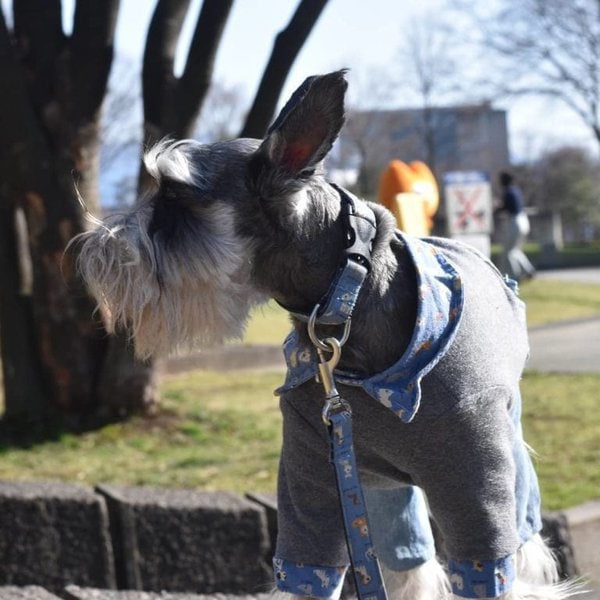
Schnauzers were originally long-tailed dogs. But over time, this breed has evolved into having shorter bobtails. This is all because of the T-gene’s natural mutation, which maintains the bobtail look.
Just like many small dogs tasked to work in the farm, Schnauzers were traditionally docked. This allowed them to withstand the tough working conditions. But now, docked tails have also become a recognized standard by the AKC for this breed.
3. Brittany Spaniel
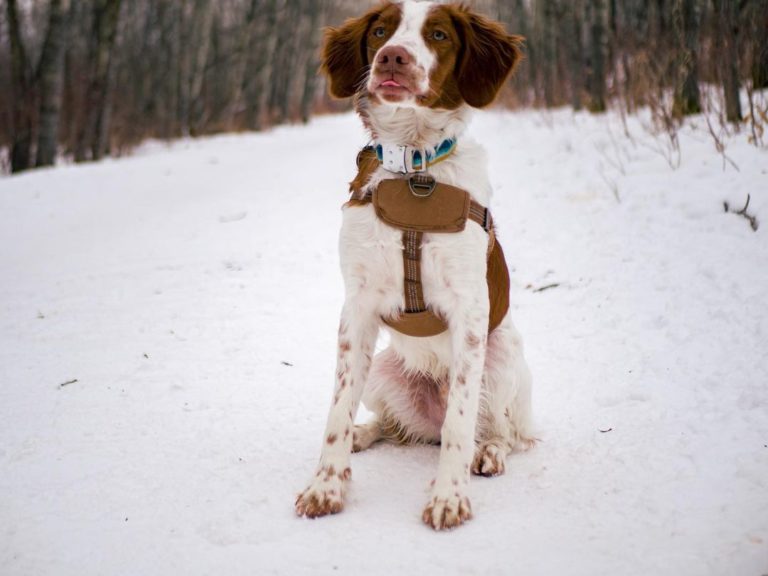
They’re swift and agile and graceful pups. But most of all, Brittany Spaniels are actually either taillness or short-tailed, which does not diminish their charm at all.
It is, however, uncertain whether Brittanys are short-tailed because of breeding with other similar-tailed Spaniels or through natural mutation of their genes. Regardless of the reason behind the tail length, they remain as one of the most popular breeds for their looks and character.
2. English Bulldog

The English Bulldogs do have tails but only too short and stumpy. Their tails can either be screwed, twisted, or straight. But when it comes to the breed standard, straight and short is more preferable.
In some cases, Bulldogs are born with a longer tail. While this does not make them AKC material, they still remain to be just as adorable and precious as can be!
1. Pembroke Welsh Corgi

This list of dog breeds born without tails will never be complete without the jolly Pembroke Welsh Corgis! In fact, it’s their tailless rear that makes them distinct from the Cardigan Welsh Corgis, which have a tail.
Throughout history, Corgis’ tails were docked until declared to be an illegal practice. But breeders continued the selective breeding of these pups, which is why the zero tail look remained.
Related Questions
Is Tail Docking Legal? Tail docking refers to the process of removing a part or the entirety of a dog’s tail. It is done for cosmetic reasons while others perform it to mitigate possible injury. This practice is illegal particularly in the European region including Scotland, England, Northern Ireland, and Wales. However, it may only be allowed and performed by vets for a serious medical reason, especially for working dogs.
Can A Puppy Die From Tail Docking? Tail docking does not necessarily lead to the death of the puppy. The docking process is usually performed without anesthesia while one cuts through a dog’s tendon, muscles, and cartilage connections. Thus, puppies yelp in pain during the process, which can result in tissue damage and inflammation, as well as chronic pain, neuroma, and distress to the dog.
How Much Does It Cost To Dock A Dog’s Tail? Generally, tail docking is a fairly quick and inexpensive procedure. It can cost about $10 to as much as $100 per dog. Anesthesia may be required for senior dogs. Hence, the older the dog, the higher the price.

